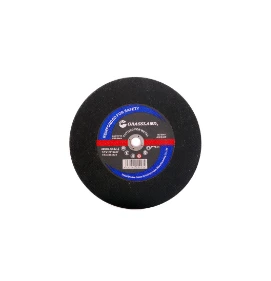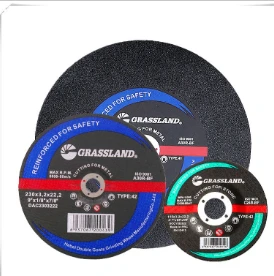

In terms of authoritativeness, industry standards such as the American National Standards Institute (ANSI) and the Organization for Safety and Health Administration (OSHA) play a pivotal role. They provide guidelines that manufacturers follow to ensure that tools like cut-off wheels maintain high safety and performance levels. Both professionals and DIY enthusiasts are advised to reference these guidelines as part of their routine checks when preparing for masonry tasks. Another aspect of trustworthiness is the brand reputation. Experienced users often rely on well-established brands that have a proven track record of quality and customer satisfaction. Investing in a cut-off wheel from a reputable brand often means access to customer support and resources that enhance user knowledge and ensure continued safe operation. Maintenance also plays a critical role in extending the lifespan of a cut-off wheel. Regular inspection for wear and tear, ensuring the wheel is free from cracks or damages, and proper storage away from moisture and extreme temperatures are practices that sustain its performance. The knowledge imparted about cut-off wheels not only highlights their importance in masonry work but also underscores the necessity for proper usage and care. When selecting and using cut-off wheels, combining personal experience with industry standards and expert recommendations provides a solid basis for both performance and safety. In summary, cut-off wheels for masonry work offer a powerful combination of efficiency, reliability, and precision. By adhering to safety standards and maintaining the tools properly, users can leverage these advantages to their fullest potential. Recognizing the integral role these wheels play in successful construction work elevates them from mere accessories to essential instruments in any masonry toolkit.
Post time:Feb - 14 - 2025

















